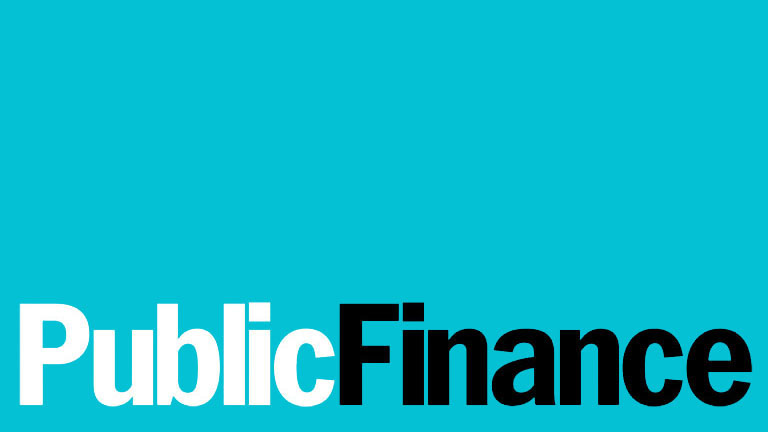Chancellor George Osborne said in his Budget speech that the OBR was now forecasting growth of 2.4% for 2015, 0.1 percentage point lower than in March, and had kept its forecast for 2016 unchanged at 2.3%.
However, it had increased its forecast by 0.1 percentage point to 2.4% for 2017 and the remainder of the decade.
He described this as “a level of strong, steady growth it predicts for the rest of the decade….driven by stronger private consumption, and by stronger private investment too”.
Osborne also cited the OBR forecast on the size of the deficit and the speed with which it could be reduced to enable the government to achieve its aim of a budget surplus by 2019-20.
The deficit stood at 10.2% of national income in 2010 and was forecast this year to fall to 3.7%.
Further successive falls forecast by the OBR would see it reach 0.3% in 2018-19, followed by a 0.4% surplus, the chancellor said.
“In structural terms, the OBR judge that this will be the largest surplus in at least 40 years,” he noted.
Osborne also highlighted that Borrowing stood at £153.5bn when he became chancellor in 010, a level he called “staggering and unsustainable”.
It was now forecast to be £75.3bn this year, falling steadily to £6.4bn in 2018/19 being followed by a projected £10bn surplus.











